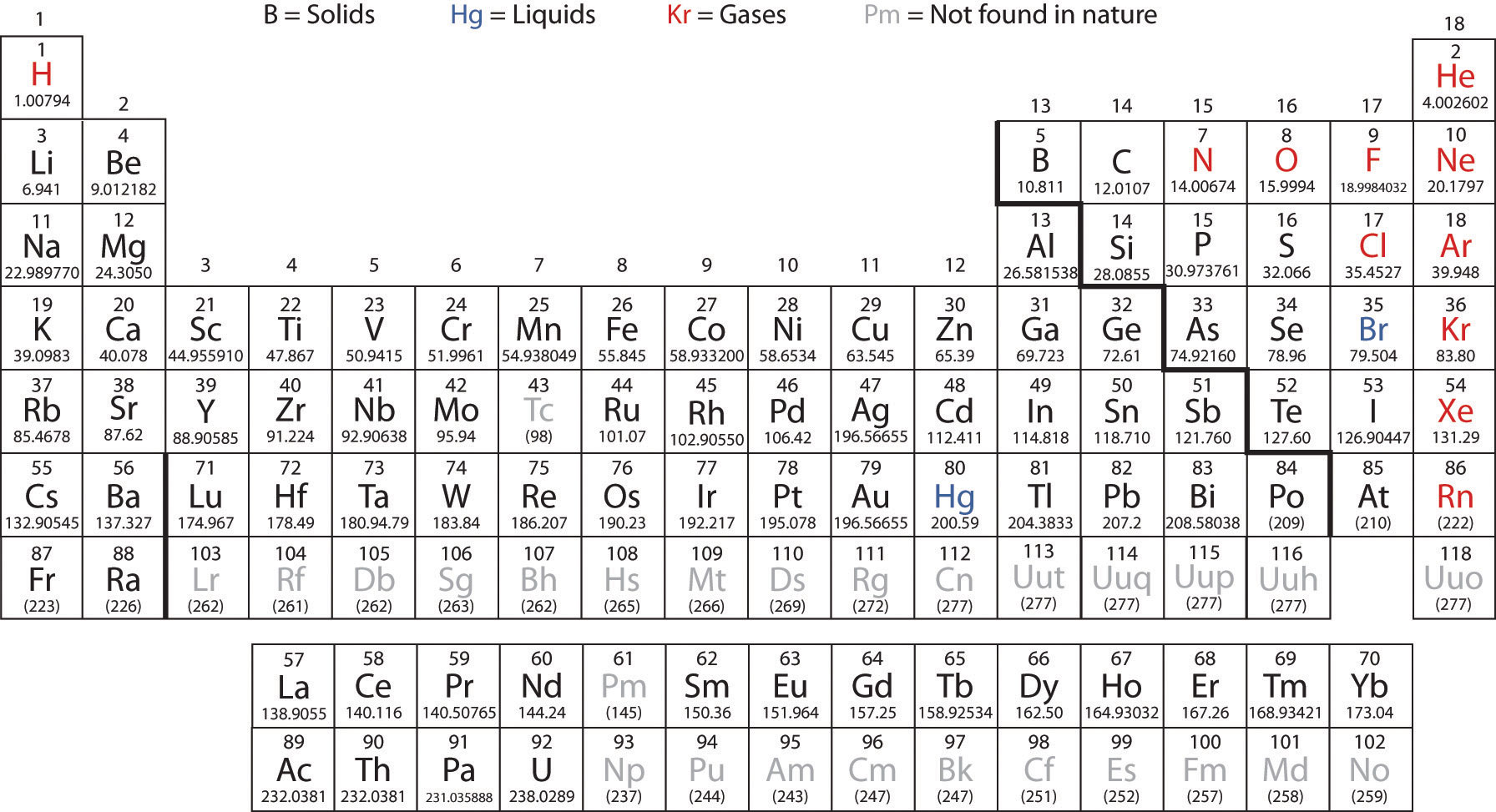Homework 12
- Page ID
- 28869
Q 4.86
Question: List these elements in order of decreasing first ionization energy: In, F, Se, Br.
Strategy:
A. Determine the location of the elements on the periodic table
B. Remember the increasing trend of ionization energy in KJ/mol (exception in case of Boron) from left to right on the periodic table
C.Remember the decreasing trend of ionization energies (Kj/mol) from top to bottom (Cs is the exception in the first group)

Solution
F, Br, Se, In
For more information: http://chemwiki.ucdavis.edu/Physical...ization_Energy
Q 5.106
Question: For several compounds both the molar mass and and empirical formulas are listed. What is the molecular formula for each compound.
C2OH4, 88 g/mol
C2H8N, 46 g/mol
NH2, 32 g/mol
Strategy:
A. Find the empirical formula mass of the compound
B. Determine the ratio between the empirical formula mass and the molar mass of the compound
C.Multiply the empirical formula by the factor found in part B.
Solution:
C2OH4, 88 g/mol
A.
Carbon: 2(12.0g/mol)
Oxygen: 1(16.0g/mol)
Hydrogen: 4(1.0g/mol)
=44.0 g/mol
B.
\[\frac{88.0g/mol}{44.0g/mol}=2\]
C.
2(C2OH4)= C4O2H8
C2H8N, 46 g/mol
A.
Carbon: 2(12.0g/mol)
Hydrogen: 8(1.0g/mol)
Nitrogen: 1(14.0g/mol)
=46.0 g/mol
B.
\[\frac{46.0g/mol}{46.0g/mol}=1.0\]
C.
1(C2H8N)=C2H8N
NH2
A.
Nitrogen: 1(14.0g/mol)
Hydrogen: 2(1.0g/mol)
=16.0g/mol
B.
\[\frac{32.0g/mol}{16.0g/mol}=2\]
C.
2(NH2)=N2H4

